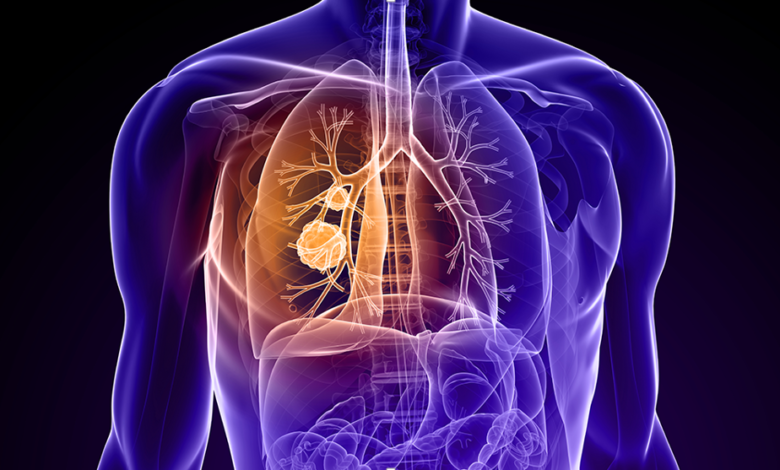What You Need to Know About Lung Cancer Stages and Care Plans

Lung cancer is categorized into stages based on how far it has spread, which helps guide treatment. From localized growth in the lungs to cancer that has metastasized to distant organs, the staging system will help for better understanding. The most commonly used method is the TNM system: Tumor size, Node involvement, and Metastasis. Identifying the stage at diagnosis helps both patients and doctors prepare for what is ahead.
Stage 0 and Stage I:
In these earliest stages, the cancer is still confined to the lungs and hasn’t spread. It is often detected incidentally during scans for unrelated issues. Treatment typically involves surgery, and in some cases, radiation. Because symptoms are minimal or absent, regular check-ups, especially for smokers or high-risk individuals, are important. Early detection significantly improves outcomes.
Stage II and III:
At these stages, the cancer may involve nearby lymph nodes or larger parts of the lung. Treatment often becomes a combination of surgery, chemotherapy, and radiation. Stage III especially is more complex, often requiring a multidisciplinary approach. Though more advanced than Stage I, many patients still respond well to aggressive and personalized treatment.
Stage IV:
When cancer spreads to distant organs such as the brain, liver, or bones, it’s considered Stage IV. Treatment focuses on slowing progression, improving quality of life, and managing symptoms. Options may include targeted therapy, immunotherapy, or palliative care. While Stage IV can sound discouraging, many patients benefit from newer, more effective therapies developed in recent years.
Delhi has become one of India’s leading destinations for cancer treatment, offering a combination of skilled professionals, modern infrastructure, and modern technologies. If you’re looking for specialized lung cancer care, consulting a lung cancer doctor in Delhi offers access to expertise for every stage of treatment.
See also: Why Healthcare Providers Are Partnering with Vosita to Grow Their Practice
How Staging Influences Your Treatment Plan
Your cancer stage is a key factor in developing a treatment plan. Other factors include age, general health, and genetic markers. Doctors often combine therapies, like surgery, chemotherapy, radiation, or biological treatments to maximize effectiveness. The plan is also adjusted over time, based on how the cancer responds and any side effects experienced by the patient.
Surgical Options and Their Role in Early-stage Care
Surgery is usually reserved for early-stage lung cancer (Stages I and II) and is often curative. Procedures include lobectomy (removing part of the lung), pneumonectomy (removing the whole lung), or segmentectomy (removing a section). The decision depends on tumor location, lung function, and patient health. Recovery time and post-op care play a crucial role in long-term outcomes.
Radiation and Chemotherapy
Radiation targets localized tumors and may be used post-surgery to eliminate remaining cancer cells. Chemotherapy, on the other hand, circulates through the body to attack cancer that may have spread. These therapies are sometimes combined or used before surgery to shrink tumors. Side effects can be intense but are usually manageable with supportive care.
Targeted Therapy and Immunotherapy for Advanced Stages
For cancers with specific genetic mutations (like EGFR or ALK), targeted therapies can block growth at the molecular level. Immunotherapy helps the body’s immune system recognize and attack cancer cells more effectively.
Personalized Care Plans
No two lung cancer cases are exactly alike. Doctors create individualized care plans by considering the cancer’s genetic profile, the patient’s lifestyle, existing conditions, and treatment preferences. The aim is to ensure the approach is both effective and tolerable. As treatment goes on, doctors may modify the plan for better results and quality of life.





